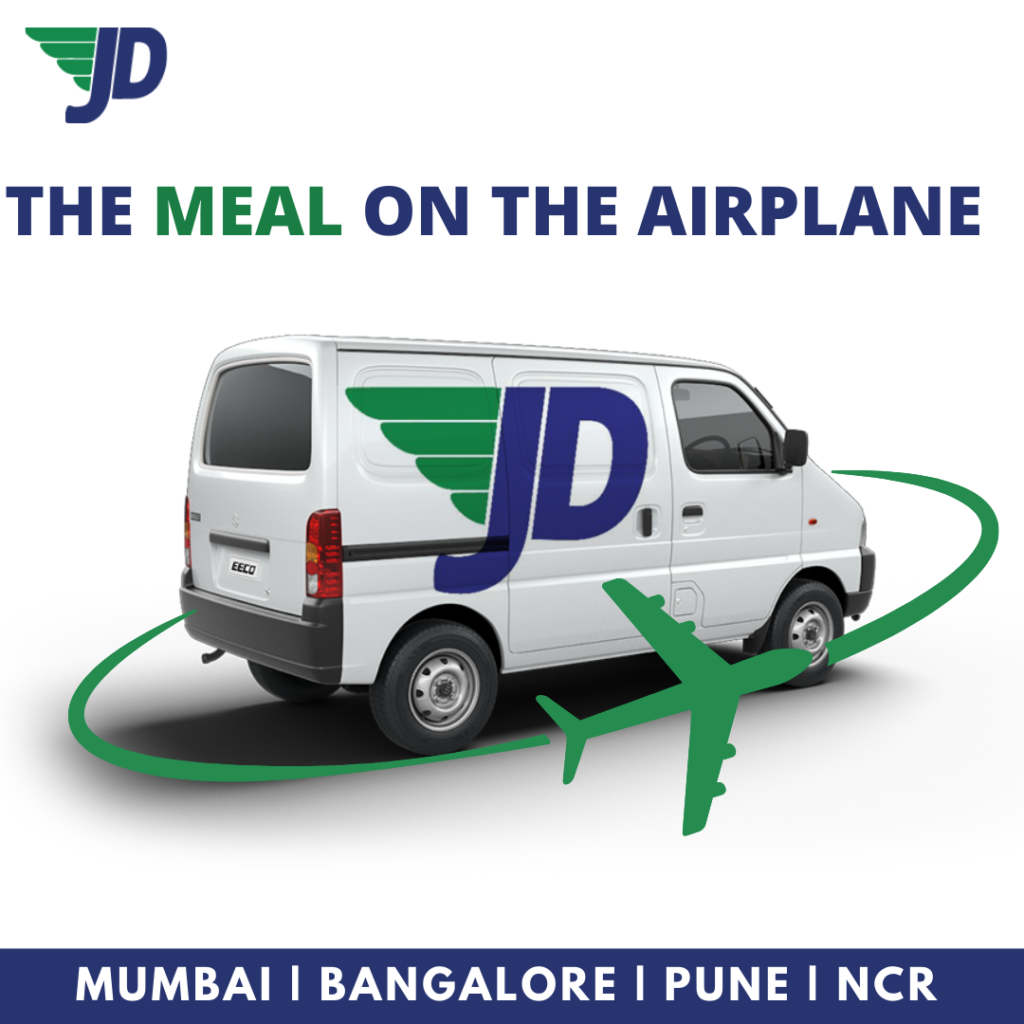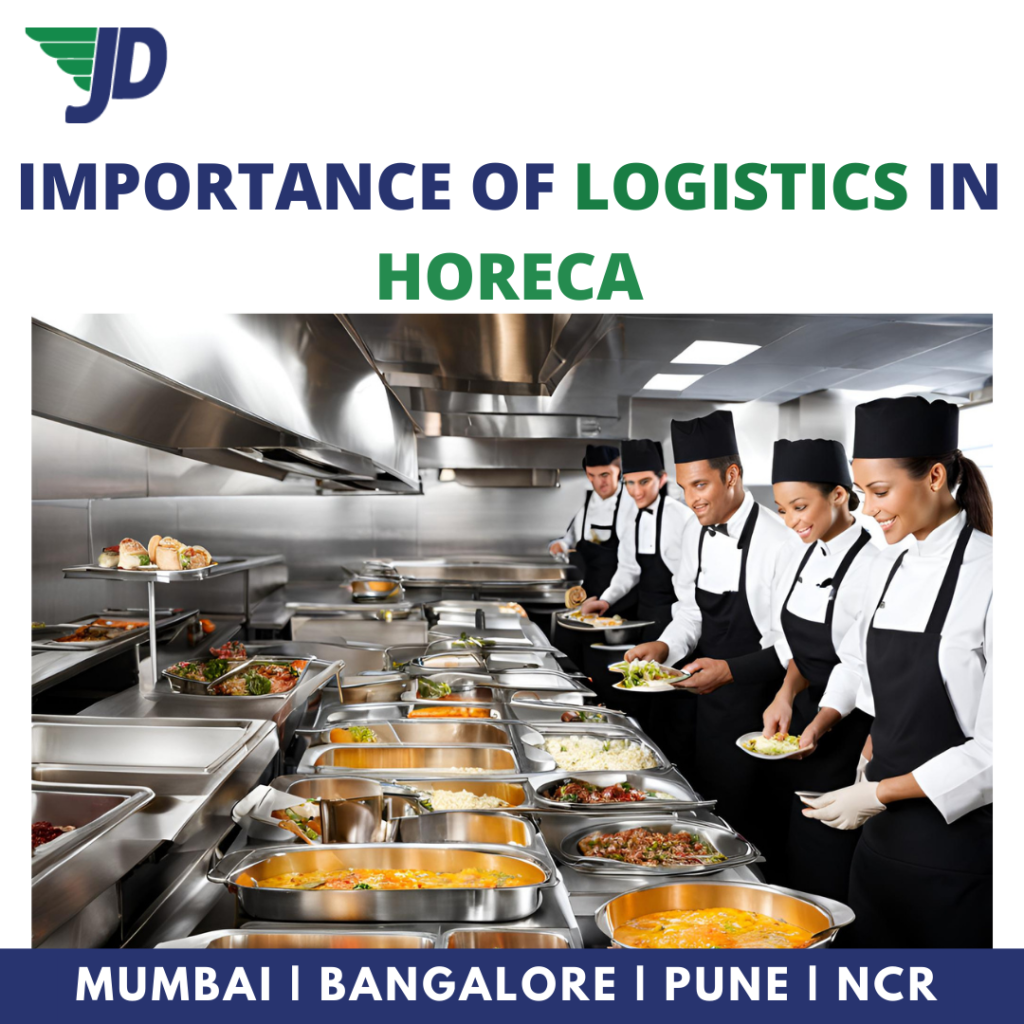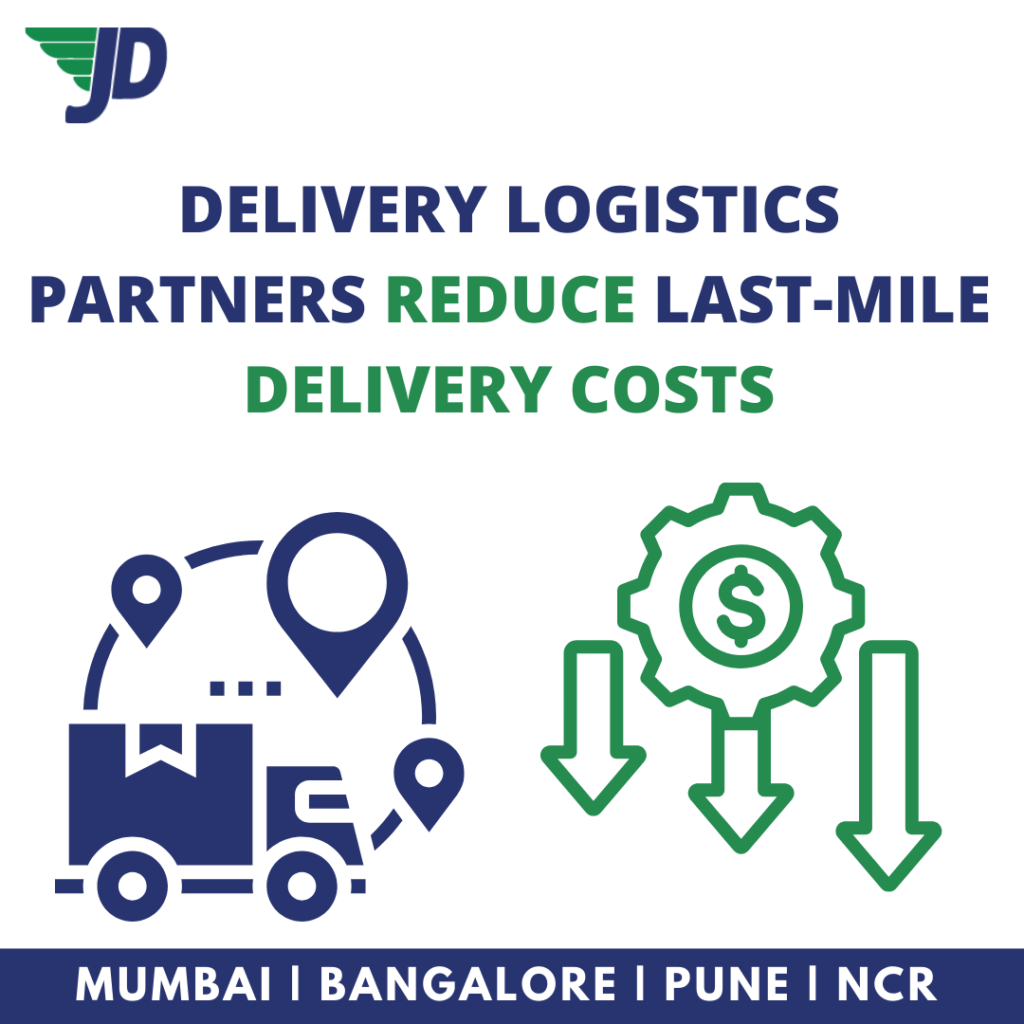An important component of air travel is food. From tasty sandwiches to delicious rolls, nowadays, there is no dearth of options. Airlines provide a complete menu with enticing items to enjoy your flight a tad bit more. Did you ever wonder where they get this food from? Is there any food catering chain behind it? What is the story behind every bite out of that scrumptious meal? Lots of questions. Buckle up your seats as JustDeliveries will take you on this journey that will quench your curious thirst.
Where did it all start?
The trend of providing scrumptious meals on flights started during the 1990s and early 2000s. It was during this time that people were gradually being aware of efficient and safe air traveling options. Pocket-friendly economy class travel was becoming popular among the common people. This was when airlines started providing complimentary meals. Things took an ugly turn after the 9/11 incident, which left an indelible mark on the air-travel industry. The market shares dropped rapidly after the horrific attack and as a result, the airlines were forced to cut down complimentary meals to save operational costs. As time flowed, the industry incorporated security and safety measures which gained them a lot of positive traction from their customer base. Also, cost efficiency and comfortable journey now took over the front seat, and meals were available on-demand at specific rates fixed by the companies.
Components
The ‘On-Flight’ food supply chain is a complex network with numerous components. What you see as a customer is just the tip of the iceberg as there are stakeholders, conditions, and factors that directly affect the chain. Nevertheless, for simplification, concentrating on the foundational components will make things easier for you. So, here is the major components of the food supply chain that brings food to your table, thousands of feet above the ground.
Suppliers
They are the people who provide the basic raw materials to the caterers. Their role is to ensure that the very first step in the whole supply chain is achieved without any hurdle. Sometimes, the airline explains their requirements regarding the menu, and sometimes the suppliers have free will over choosing the right ingredients. Nevertheless, the basic parameters of maintaining nutrient profile, and hygiene are followed by every supplier.
Caterers
The caterers have a mixed role and autonomy over what they do. Sometimes they are given the free choice to decide on the menu, and sometimes the airlines instruct them regarding it. Their major responsibilities include cooking the food in such a way that minimum in-flight types of equipment are required just before serving it hours later. Maintaining hygiene, and taste for the customers is of utmost importance to them. Not only this, but the food catering services have to also keep in mind that the food is packed in low-waste generating packaging. Brainstorming innovative options in food and packaging gives them the agility to handle thousands of food servings at a go.
Logistics
The logistics industry deals with providing warehousing, cold storage, efficient transportation, and inventory management for organizations. For food services in flights, these global companies help in maintaining the new condition of the edibles, while transporting them in bulk from the kitchen to the flight.
Airline
The airline deals with the end customer directly. The outward manifestation of their services is what makes them different from the rest of similar brands. They decide the appearance, food service sequence, and the plethora of options on the menu. For this, customer demands, market structure, and cost efficiency are some of the factors that directly influence their service.
Current Ecosystem
The post-covid world has seen a lot of change within the frameworks of the air-travel industry. During the peak pandemic period, flights across the globe were halted, except for emergency cases. As COVID started fading, the trend of ‘contact-less’ service was monitored by almost all airlines, following all the necessary health protocols mentioned by the WHO. It is needless to say that the ‘onboard’ meals were affected by it.
At present, the situation is changing. The air travel industry is incorporating environmentally friendly, natural ingredients into its menu. Partnering with local brands and adopting technologically advanced options in their logistics has brought positive changes in air-catering services. By 2024, the global air-travel business shall be restored from the jolt of the pandemic, which is a great forecast, to say the least!
Looking Trusted Partners for Airplane Food Supply?
Connect with us to ensure timely and safe delivery of meals for airlines.
Conclusion
Air catering can be a complex supply chain to deal with. Numerous components work through an interconnected network to supply delicious food in the lap of the clouds. The logistics industry plays one of the key pieces of the puzzle.






